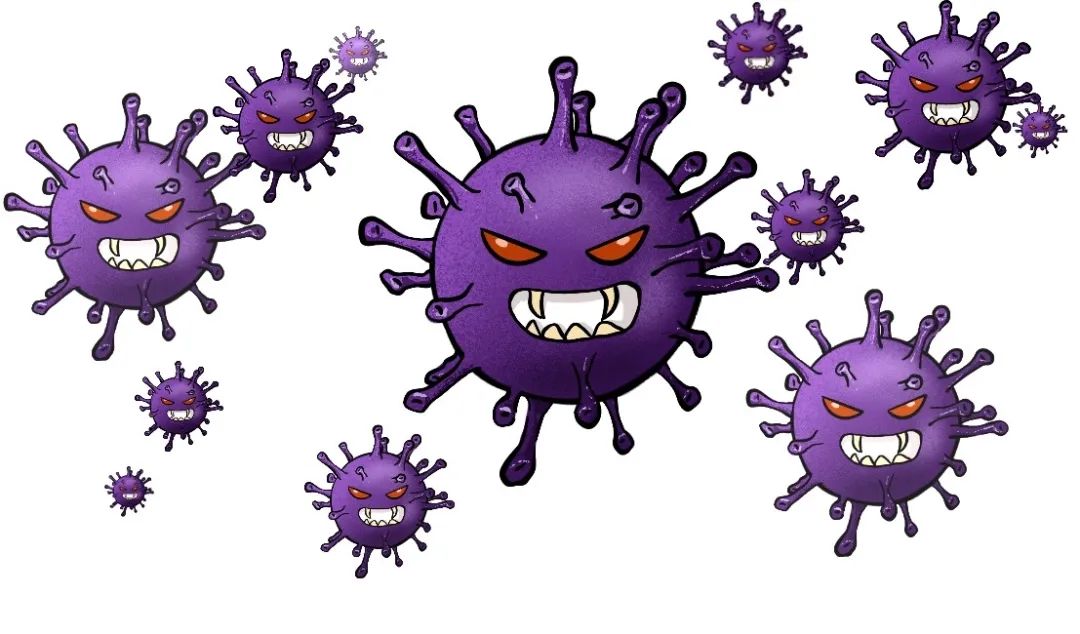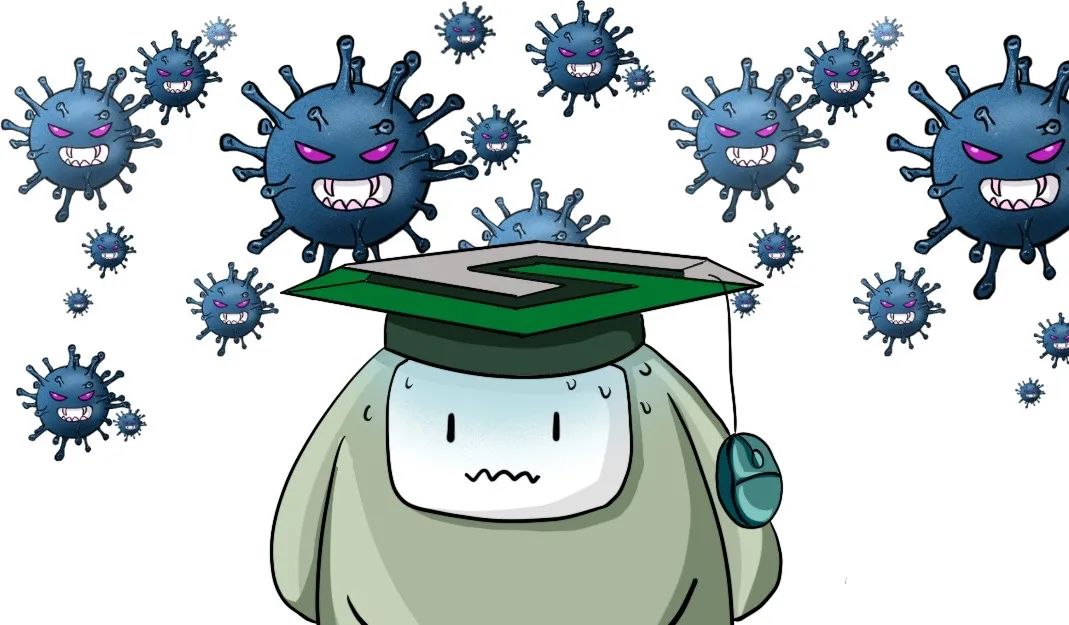Battle and coexistence of humans and viruses | Science Pavilion
Author:China Science and Technology M Time:2022.06.17


A global virus is popular, almost subverting people's previous lifestyles, and also allows the special life body of the virus to brush the sense of "presence" in our lives. Although the virus is an inevitable part of life, most people still know very little about it. Today, let's take a look at it together!
Virus more than the stars
Speaking of viruses that have encountered in life or heard of viruses, everyone can list several types. But how many viruses are there in the world? Many people do not have a clear concept.
So, how many viruses exist on the blue planet we live?
Scientists estimate that at least 1,031 virus particles on the earth are far exceeding the number of stars in the universe (about 1024). As the world -renowned popular science writer, Karl Zimmer described in his popular science work "Virus Planet", "Earth is a virus planet".
Turning out
The virus not only exists in every corner, but also a very ancient life body. As early as the classics of the Eastern Han Dynasty, there were already records of the case of ceiling virus infection. However, the history of human understanding of virus has only been more than a hundred years.
In 1892, Russian biologist Ivanovsky found that tobacco leaf disease found that the tobacco leaf extraction solution was still infected after filtering. However, affected by the mainstream atmosphere of bacterial pathogenesis at that time, he did not realize the existence of the virus, but believed that this phenomenon was caused by toxins secreted by bacteria.

Normal (left) and tobacco leaves (right) with tobacco flower leaf disease
Source: "Biological" Education Edition Eighth Grade Book Edition
In 1898, the Dutch microbiologist Bergelink pointed out after repeated experimental verification that tobacco flower leaf disease was caused by a small to observe with ordinary microscope, which is different from the organic body of bacteria. (Virus). After the formal naming, researchers have separated a variety of viruses, but due to the lack of technical means to observe the virus, people still do not know what kind of creature the virus is. Some scholars even believe that the essence of the virus is a kind of protein.
After that, the British scholar Bao Deng and Pipon found the existence of nucleic acids in the extraction solution of tobacco flower lobe viruses. At this point, the scientific community finally concluded that the virus was composed of protein and nucleic acid. The main cause of infectivity.

Tobacco flower lobe virus under electronic microscope
Source: Network
It was not until the birth of the electron microscope that the German scientist tested for the first time directly observed the "true appearance" of the tobacco virus virus under the electron microscope -a long rod -shaped particles with a diameter of 15 nanometers and a length of 300 nanometers.

The virus is composed of a protein shell and a nucleic acid (DNA or RNA) wrapped in it. It does not have a cell structure, and there is no functional organs and systems. Compared with other creatures, it is more like a simple stitching toy, but it can be able After invading live cells, proliferation, evolution and other activities unique to life. It can be said that this discovery subverted the definition of life in the textbook at that time.
Not all viruses will infect humans
Whether it is the influenza virus of "regular harassment" every year, the AIDS virus that makes people smell the discoloration, the rabies virus will be died after infection, or the new crown virus that is constantly adding trouble for our lives ... We seem to live in a virus -filled world.

However, not all viruses infected humans. In fact, the virus is very "picky" for the cells they infected. The surface of each virus's protein shell has a special receptor binding protein. When a combination of protein -combined receptors can the virus infect the host cells and release the genetic material to the interior of the cell for replication. Depending on the host of the host, the virus can be divided into animal virus, plant virus, and microbial virus dedicated to microorganisms.
Moreover, not all viruses are harmful to the human body. Some studies have pointed out that the number of viruses on the surface and body of the human body is about 10 times the number of bacteria. There are more than 140,000 viruses living in the intestine, but most of them can be in the intestine, but most of them can be in the intestine, but most of them can be in the intestine, but most of them can be in the intestine, but most of them can be in the intestine, but most of them can be in the intestine, but most of them can be in the intestinal, but most of them can be in the intestine, but most of them can be in the intestine, but most of them can be in it. Coexist with humans without disease. Not only that, the virus has also played an irreplaceable role in the fields of biological control and genetic engineering.

There are "viruses" in each human body
What is even more unexpected is that even if we have always lived in an environment without viruses at all, we have traces of unimpeded virus in our body. This is the residue from the ancient virus genome, accounting for about 8%of the human genome DNA. In depth, scientists have found that these genes from viruses have a very important role in the versatile and development of human liver cells.
While many viruses are infected with different species, they also pass DNA fragments between different species, providing new genetic materials for biological evolution.

The fight between humans and viruses seems to be an endless struggle. However, with the continuous deepening of research, some scientists have begun to consider how humans should live peacefully with the virus on this earth.
As scientists of the global virus project team said, "When you consider how every animal, plant and microorganisms are shaped during the evolution, you must consider the effects of tiny and powerful viruses." Perhaps many years later after many years laterLet's take a look at this world -related epidemic caused by the new crown virus, which will have different perceptions from our present ... Creative team: the new media team of the China Science and Technology Museum
Audit expert: Gu Haitong, deputy chief physician of the Department of Respiratory Department of Beijing Tongren Hospital of Capital Medical University
- END -
Moroccan Ministry of the Interior: Immigration impacted the Border Defense to the 18 people and died
Xinhua News Agency, Labart, June 25. According to the official Moroccan News Agency, Motor News Agency reported on the 25th that more than 2,000 immigrants from southern Sahara Africa tried to cross t
Fukushima Village, Japan allowed to return home after 11 years: very few people who are afraid of nu

From June 12, Gewei Village, Fukushima Prefecture officially allowed residents to ...